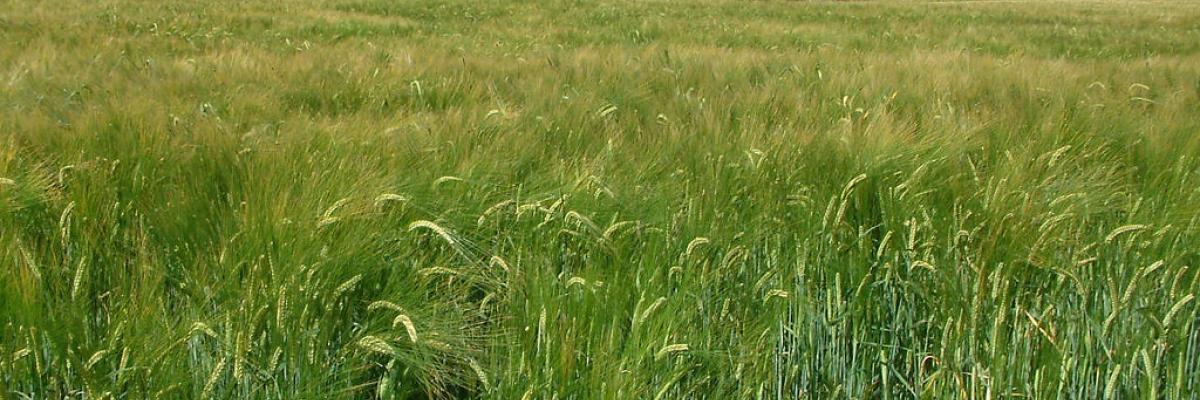
Achieving more from less with dairy and arable collaboration
A Nuffield Farming Scholarships Trust Report
Download the PDF
In this Nuffield Report, Johnny Alvis, a dairy farmer from north Somerset, examines the potential for dairy and arable businesses to work together to cut costs. This is based on a realisation that as dairy farms grow, they can become increasingly reliant on bought-in feed and can struggle to manage the amount of manure produced by a larger herd. He also notes that arable farmers are becoming more interested in improving soil condition with organic manures. He suggests that dairy and arable businesses could work together to share waste products (e.g. straw and slurries), transferring nutrients to where they are most needed (i.e. arable fields). This collaboration can cut costs for both enterprises and prevent nutrient leaching and damage to the environment. Through a tour around Australia, New Zealand, the USA and Canada, Johnny investigated types of collaborative ways to make sure that all parties benefit.
- Dairy waste products (i.e. manure) could be exported to “nutrient-deficit sites” (i.e. arable land) to fully utilise nutrients and reduce environmental impacts in return for livestock feed.
- Alternatively, livestock could be contracted out onto arable farms to make best use of waste products from each system, but movement restrictions may make this approach complicated.
- Arable businesses benefit from collaboration by receiving an organic matter boost for their soils (reducing reliance on inorganic fertiliser) and a secure market for crops.
- Dairy businesses benefit by receiving livestock feed and by having an area to spread excess manure without the risk of nutrient leaching.
- This circular system could improve the public image of dairy and arable farming in terms of waste management, helping to increase demand for products.
- Collaboration between arable and dairy can lead to the adoption of new technologies in dairy farming from arable businesses, improving efficiencies.
- Collaboration must be properly planned with contracts in place outlining responsibilities to make sure targets are met and everyone benefits.
- Farmer-led innovation such as this can become a valuable method for environmentally safe agriculture, and reduces the need for excessive regulation.

